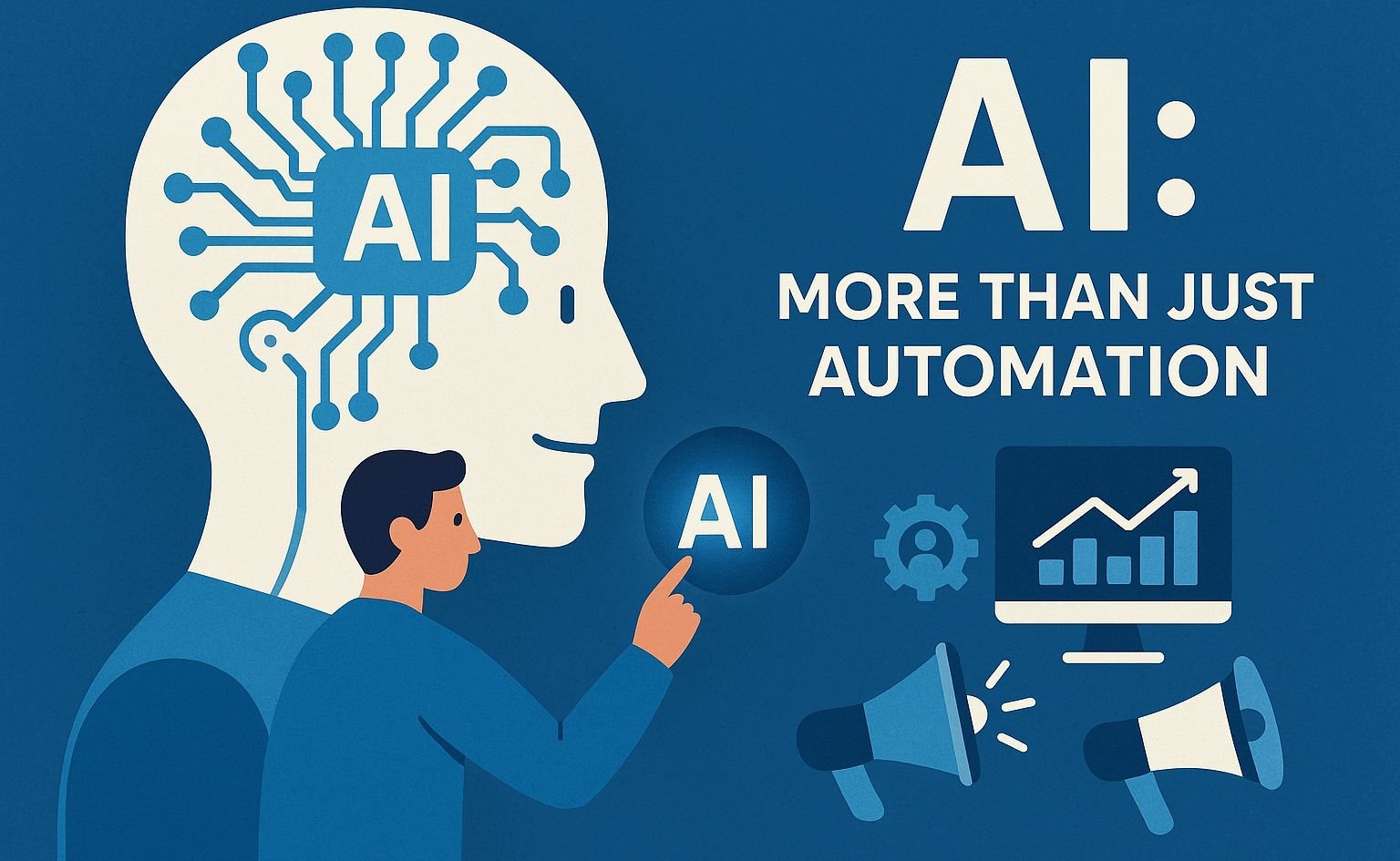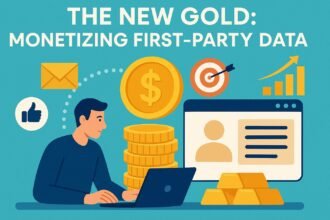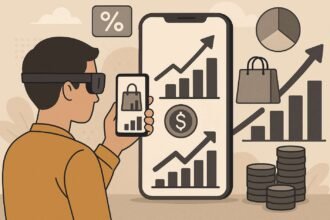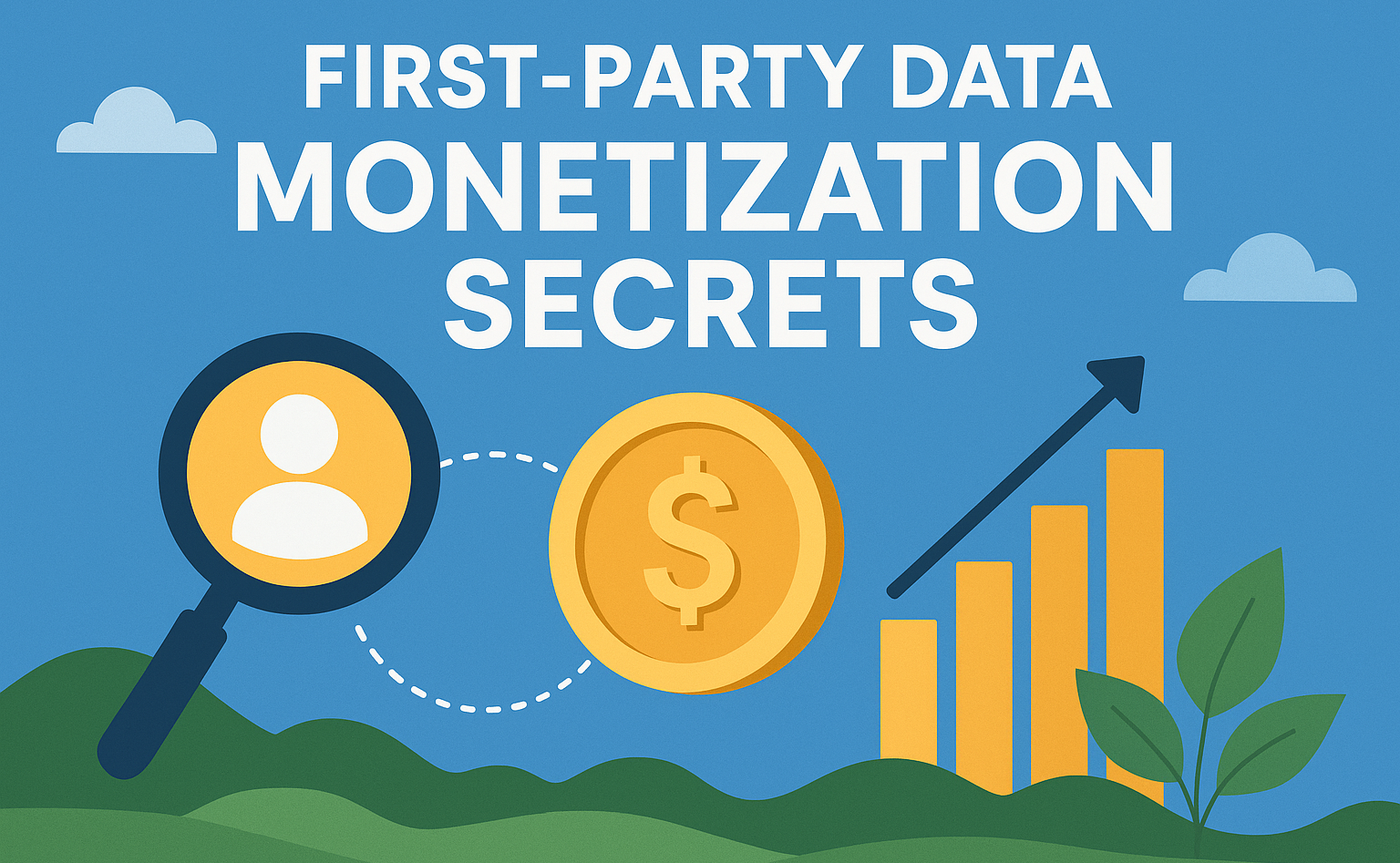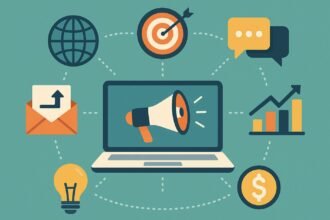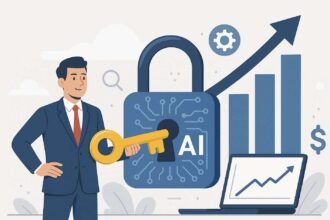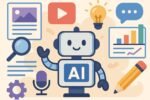Artificial intelligence (AI) is the most talked-about topic in marketing these days, thanks to how quickly technology is changing. But here’s the thing: if you think AI is just about doing the same things over and over again, like sending emails or planning social media posts, you’re missing the real game.
Real AI is more than just a tool. It’s a partner that helps marketers create smart, flexible, and highly personalized customer experiences. This change, from basic automation to full-scale intelligence, is what sets brands that lead apart from those that just follow.
From Campaigns to Conversations
In the past, marketing was all about running campaigns one after the other:
- Plan
- Start
- Take a look.
- Do it again.
That model was reactive, broken up, and often left customers with a bad experience.
AI turns this around. It doesn’t just run one-time campaigns; it builds living, breathing customer journeys that change with each click, purchase, and interaction. Instead of sending out messages, think of it as having a smart conversation with each customer all the time, on a large scale.
The AI Spectrum in Marketing
It’s helpful to know the different levels of AI use in digital marketing before you get started:
| Level | What It Does | Example of Use |
|---|---|---|
| Automation Based on Rules | Runs if/then commands | “If the cart is left empty, send a reminder email.” |
| Analytics That Predict | Uses data from the past to guess what will happen in the future. | Finding customers who are likely to leave |
| Processing Natural Language (NLP) | Comprehends and produces human language | AI ad copy, chatbots, and sentiment analysis |
| ML (Machine Learning) | Learns from information and gets better over time | Real-time smart ad bidding |
| Generative AI | Makes new content from scratch | Customized drafts for blogs and videos |
👉 AI is most powerful when you don’t just use these on their own, but when you connect them to other systems.
Why AI Changes What Marketers Do
AI doesn’t take the place of marketers; it makes them better. Instead of being buried in manual work, marketers become:
- Strategic Architects → planning how customers will move through the system
- Data Interpreters → making insights into actions
- Creative Visionaries → combining insights from AI with human creativity
Here’s how to think about it:
A traditional marketer is like a pilot who has a list of things to do.
A flight controller with AI is like an AI-powered marketer who tells a fleet of self-driving drones what to do.
The job isn’t so much about pushing buttons as it is about setting direction and making plans.
The Main Parts of a Modern AI Marketing Plan
These are the building blocks you need to create an AI-powered marketing ecosystem that will last:
- Data Foundation: Tools like CDPs make it possible to have clean, unified customer profiles.
- Personalization Engine: ML-based systems that give each user a different experience (like emails, recommendations, and changing prices).
- Automating tasks that are repetitive and not very valuable, like bidding on ads and A/B testing.
- Predictive and prescriptive insights mean knowing what will happen and what to do about it.
- Content intelligence is a type of generative AI that makes and improves content on a large scale.
- Customer Service AI: Chatbots and assistants that not only answer questions but also guess what you need.
- Attribution modeling is a smarter way to track ROI with AI that goes beyond last-click models.
A Real-Life Example: An AI-Powered Shopping Trip
Let’s look at how AI makes every step of the customer journey better:
- Discovery: AI-driven ad bidding makes sure that the right person sees the right ad.
- On-Site Experience: The personalization engine changes the homepage and recommendations right away.
- During the purchase phase: The cross-sell engine suggests products that go well with the ones you already have (like running shoes and socks).
- After the purchase: Send personalized thank-you emails with useful information and offers for loyalty.
- Retention: Predictive models can tell when a customer needs a new pair of shoes and send them timely offers.
This cycle of data → insight → action keeps customers interested and raises their lifetime value.
Final Thoughts: AI as the DNA of Strategy
When you use AI in marketing, you don’t just add tools; you make AI a part of your strategic DNA. Automation is only the first step. The true victors will:
- Put money into a strong data infrastructure.
- Teach teams how to be creative in a strategic way that is based on data.
- Encourage people to try new things and learn from them.
It’s not about how many posts or emails you send in the future of marketing. It’s about how smartly you use AI to help you plan customer journeys.
It’s not tomorrow that we need to switch from automation to intelligence; it’s right now.


